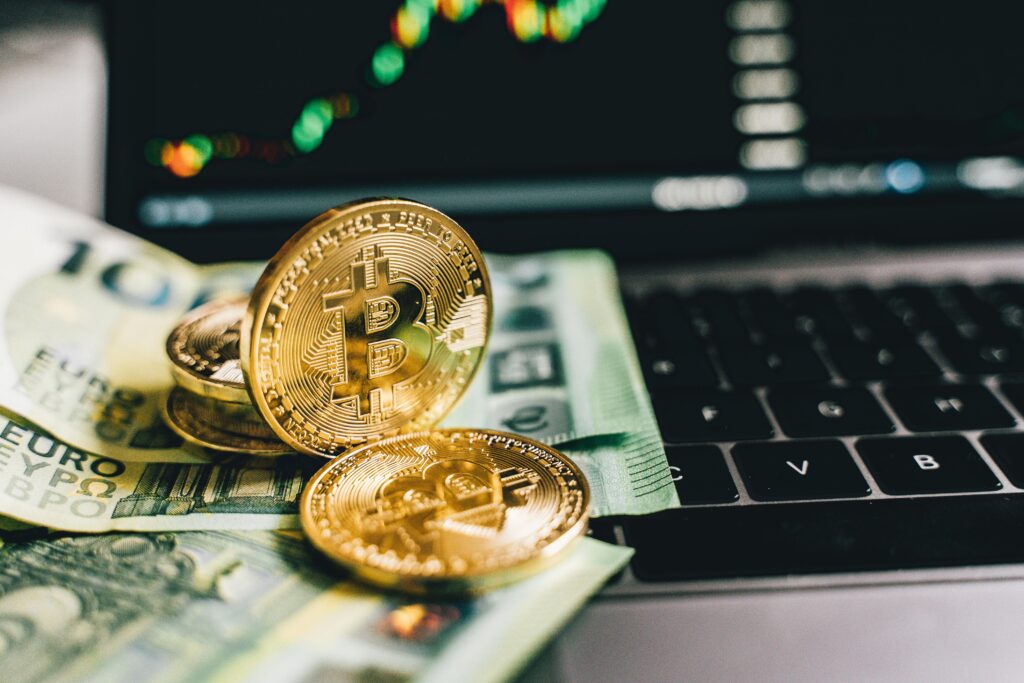| Mar 31, 2025
Trending

The long-awaited Bitcoin ETF approval marked a pivotal moment in the evolution of the cryptocurrency market. After years of anticipation, regulatory roadblocks, and fierce debates, the U.S. Securities and Exchange Commission (SEC) finally greenlit multiple spot Bitcoin ETFs in early 2024. This decision didn’t just make headlines—it fundamentally shifted investor behavior, market sentiment, and the long-term trajectory of digital assets.
In this article, we’ll explore the ripple effects of the Bitcoin ETF approval, how it’s influencing institutional involvement, price dynamics, and what it means for the broader crypto ecosystem in 2025 and beyond.
Upon the announcement of the Bitcoin ETF approval, the market responded swiftly. Bitcoin’s price jumped nearly 20% in just a few days as investor confidence soared. Institutional players, who previously faced regulatory or custodial hurdles, now had a compliant and familiar financial vehicle to gain exposure to BTC.
Trading volumes spiked across U.S. exchanges and ETF products like BlackRock’s and Fidelity’s Bitcoin ETFs quickly gathered billions in assets under management (AUM). For the first time, Bitcoin was being treated similarly to gold ETFs—an accessible, regulated, and transparent investment product.
Key impacts:
One of the most profound effects of the Bitcoin ETF approval is the dramatic increase in institutional adoption. Pension funds, hedge funds, and asset managers now view Bitcoin as a viable portfolio diversifier, much like commodities or foreign currencies.
The ETF structure removes many technical and security concerns associated with self-custody or crypto exchanges. It has also opened the door for Bitcoin to be included in retirement accounts, 401(k)s, and managed portfolios—channels that were previously inaccessible to crypto.
Why this matters:
While the Bitcoin ETF approval triggered an initial price spike, its long-term effect is more nuanced. Bitcoin has experienced upward pressure due to consistent ETF inflows, but also faces increased correlation with traditional markets, especially in times of macroeconomic stress.
The increased mainstream exposure may temper extreme price swings, as a broader base of institutional holders brings stability. However, ETF inflows are now a new variable to monitor, as outflows can also put pressure on the market during downturns.
Market trends since ETF approval:
The spotlight on Bitcoin has indirectly benefited the wider crypto market. Ethereum is now seen as a strong candidate for the next ETF approval, especially with its proof-of-stake upgrade and growing institutional interest.
Moreover, the credibility boost from the Bitcoin ETF approval has reignited interest in blockchain infrastructure, decentralized finance (DeFi), and tokenized real-world assets. Altcoins that offer utility and scalability are also enjoying renewed attention.
Broader ecosystem effects:
Perhaps one of the most underrated consequences of the Bitcoin ETF approval is its influence on global regulators. Following the SEC’s decision, several countries, including Canada, Brazil, and the UK, began reviewing or fast-tracking similar ETF proposals.
The approval also sets a precedent for clearer regulatory frameworks across digital assets, especially in the U.S., which has long lagged behind other jurisdictions in crypto policy. A more defined structure benefits both startups and institutional players.
Key developments:
The Bitcoin ETF approval is a historic moment—but it’s only the beginning. It has ushered in a new phase where traditional finance and decentralized innovation begin to coexist more openly. For investors, this means new opportunities—but also new risks, as the market matures and becomes more intertwined with global macro trends.
As 2025 unfolds, the spotlight will remain on how ETF inflows evolve, whether Ethereum follows suit, and how regulators respond to the growing intersection between crypto and mainstream finance.
One thing is clear: the age of Bitcoin as a fringe asset is over. Thanks to ETF approval, it now stands shoulder-to-shoulder with traditional investment products—and the market may never be the same again.
Stay ahead with the latest trends! Subscribe now to receive exclusive insights, industry news, and timely updates straight to your inbox. Don’t miss out on valuable content—join us today